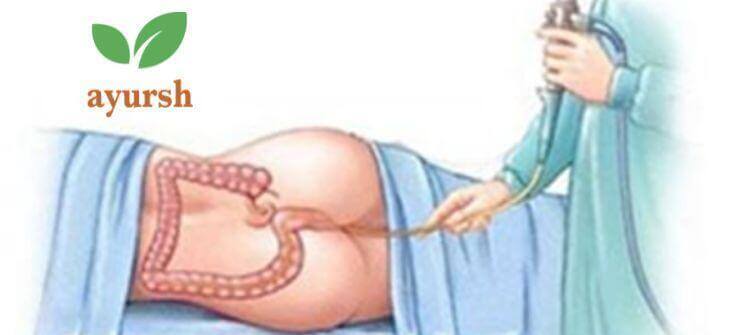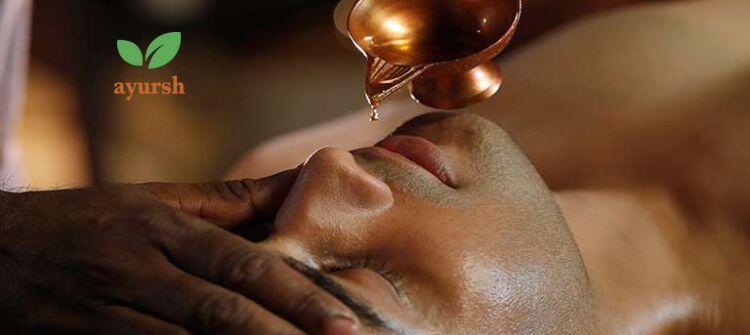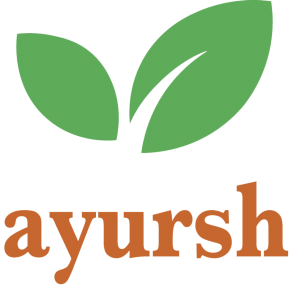Basti is one of the important panchakarma procedures in Ayurveda where the medicated oil or medicine decoction is given through the anal route. This medicine gets absorbed in the intestines and gives desired results over a period of time. Basti treatment is one of the effective remedies for Vata dosha. Vata is located mainly in the intestine (or pakvashaya). The medicinal oil which is applied through the rectum helps to normalize the excessive Vata. As a pre-procedure, Ayurveda full body massage therapy is done before the Basti treatment. This Ayurveda Massage therapy services can be availed in Bangalore.
Indications:
For constipation, slip disc, arthritis, gout, rheumatoid arthritis, sciatica, gastric problems, nervous disorders, insomnia, tinnitus, obesity, lower back pain, stroke, parkinsons, etc.
Contra-Indications:
Pregnancy, menstruation, diarrhoea, bleeding piles, inflammation, extreme weakness or debility, acute fever or cold.
Different Types of Basti Panchakarma Therapy:
Let us take a look at the different types of basti treatment that you can get in our Ayurvedic massage centre in Bangalore.
-
Asthapana basti (Enema by using Decoction) – This Basti is known to increase the lifespan; hence it’s called asthapana basti. It is also called niruha basti because it helps to eliminate toxins from the body. In this procedure, medicated decoction will be used. The quantity of the decoction will be decided by the Doctor based on the health condition, strength of the patient(rogi bala), and strength of the disease(vyadhi bala). This enema should be given on empty stomach only. The trained Panchakarma therapist will visit your home and administer basti under Doctor’s purview. Soon after the procedure, there will be a bowel movement for couple of times. This will help in flushing out Vata predominance. Post the Basti Karma, light food like khichadi, rice, dal etc. should be taken.
Indications of Asthapana basthi:• It can be given in case of knee pain, low back pain, thigh pain, stiffness of joints, cramps in calf muscles, tremors in the body, heart disease, krimi koshta, mamsa kshaya, bala kshaya, sarvanga vatha rogas, etcContraindications of asthapana basthi:• It should not be administered soon after other panchakarma therapies like vamana, virechana, nasyam, person suffereing from vomiting, cough, breathlessness, ascitis, abdominal distention, etc. -
Anuvasana Basti (Enema by using Medicated Oil) – Anuvasana basthi is a therapy where medicated oil is given through the anal route. Anuvasana means ‘to stay’. In this procedure, the medicine will stay for a longer time in the intestine and helps to normalize the aggravated doshas. This procedure should be done only after having a light meal. The preferable time for this procedure is the afternoon time.
-
Matra Basti – This procedure can be done every day. The dose of medicine is very less. It is indicated in the people who are debilitated by excessive exercise, walking, travelling, heavy lifting, children, old aged (more than 70 years), royal people, delicate people, etc.
-
Lekhana Basti – This Basti helps to scrape out the excessive fat from the body.
Procedure –
These are the steps followed for basti Ayurvedic massage
-
Before the procedure the patient is allowed to eat according to the basti type which will be administered. If it’s asthapana basti, one should be on an empty stomach. If it’s anuvasana basti, one should have a meal immediately before the procedure
-
The patient is made to get onto bed comfortably, given Abhyanga (Oil massage) with suitable oil, and mild sedation is done on the waist region by the trained therapist
-
The patient is made to lie comfortably on the left lateral position with his left leg extended or stretched out and right leg folded in front and the left hand kept beneath the head. The therapist will help
-
Anal region is well lubricated
-
A very soft simple rubber catheter is inserted in the anus
-
Taila (Oil)/Kashaya (Decoction) is put into the rectum by syringe or enema pot
-
Patient is advised on the dietary habits according to the basti type given by the Doctor
-
The duration will be advised by the doctor based on the condition.




